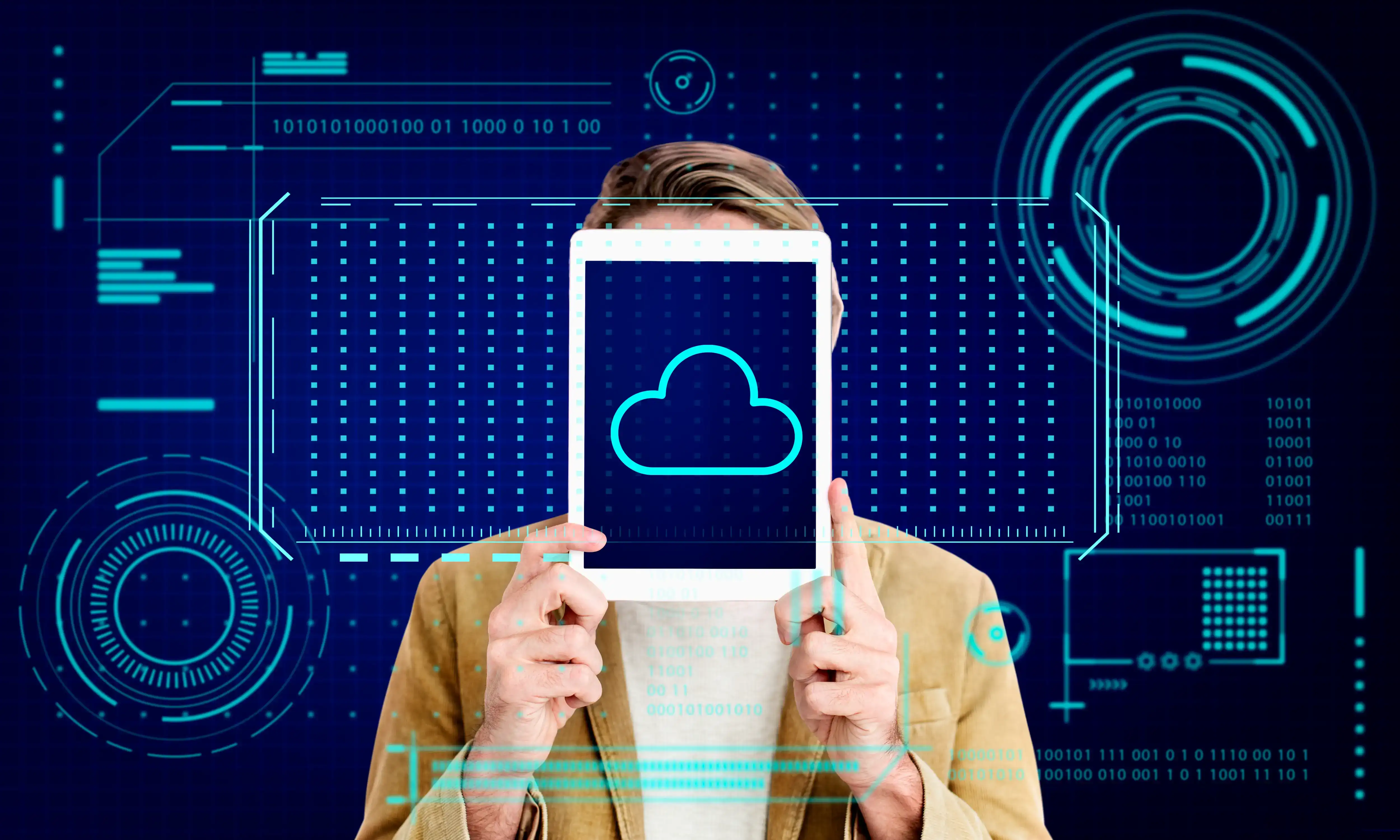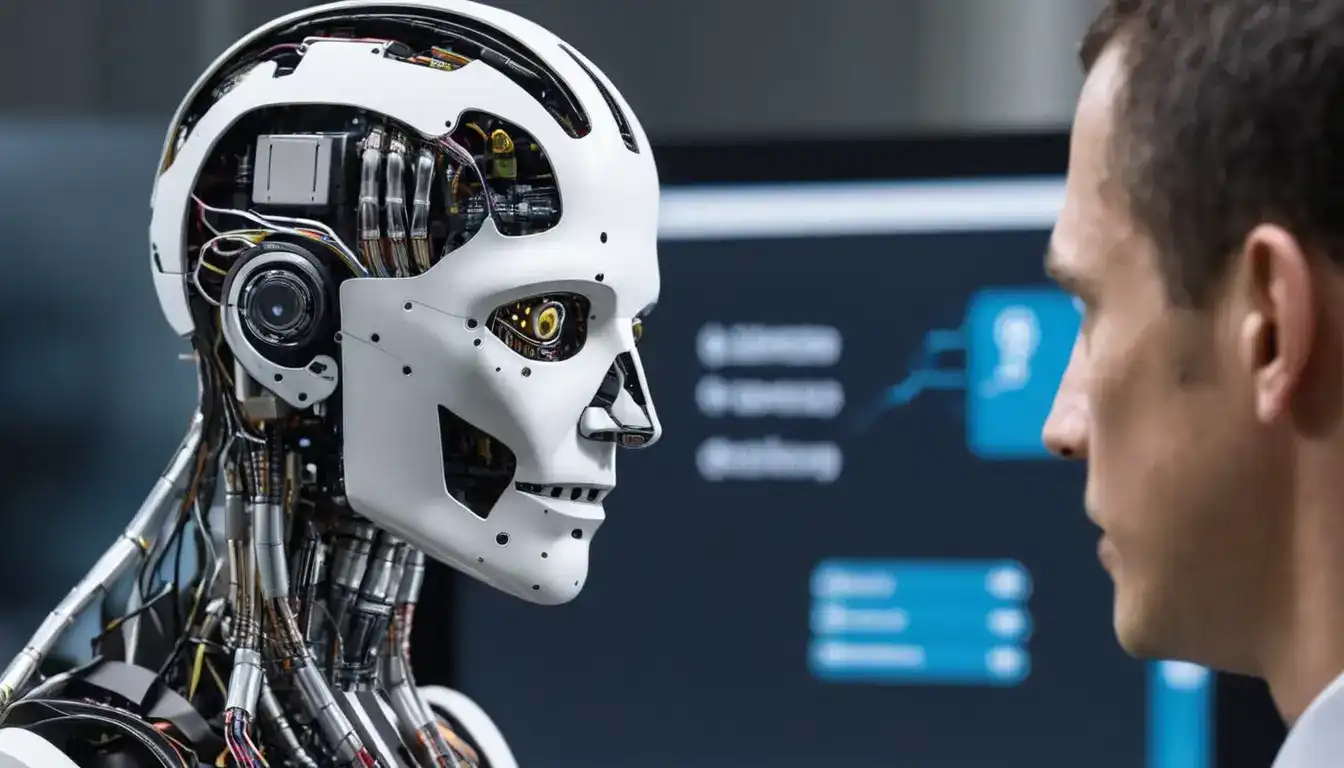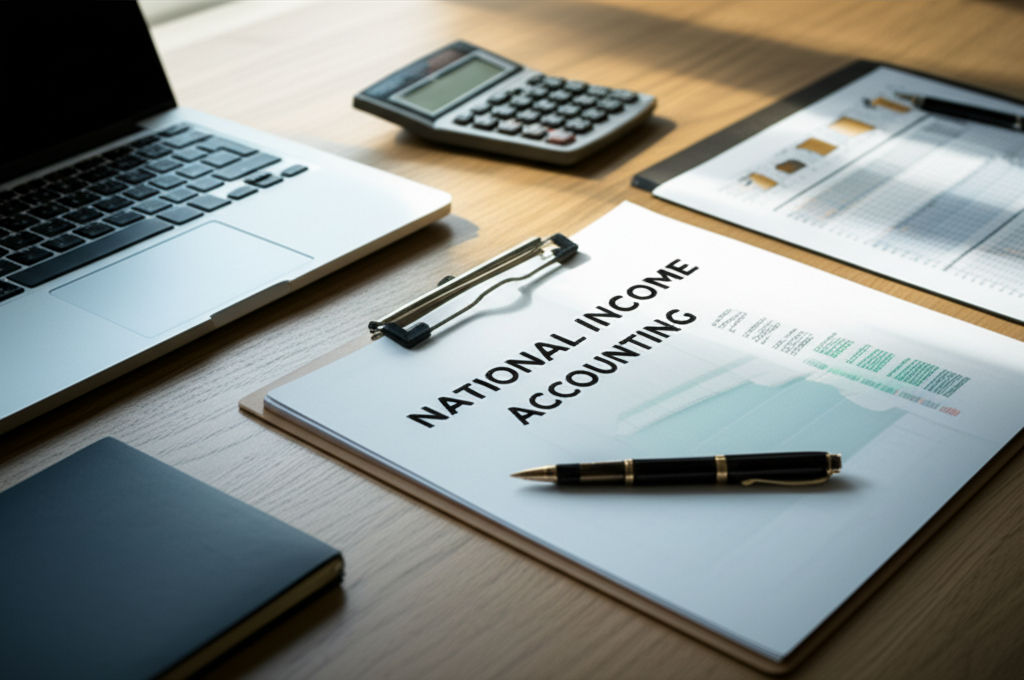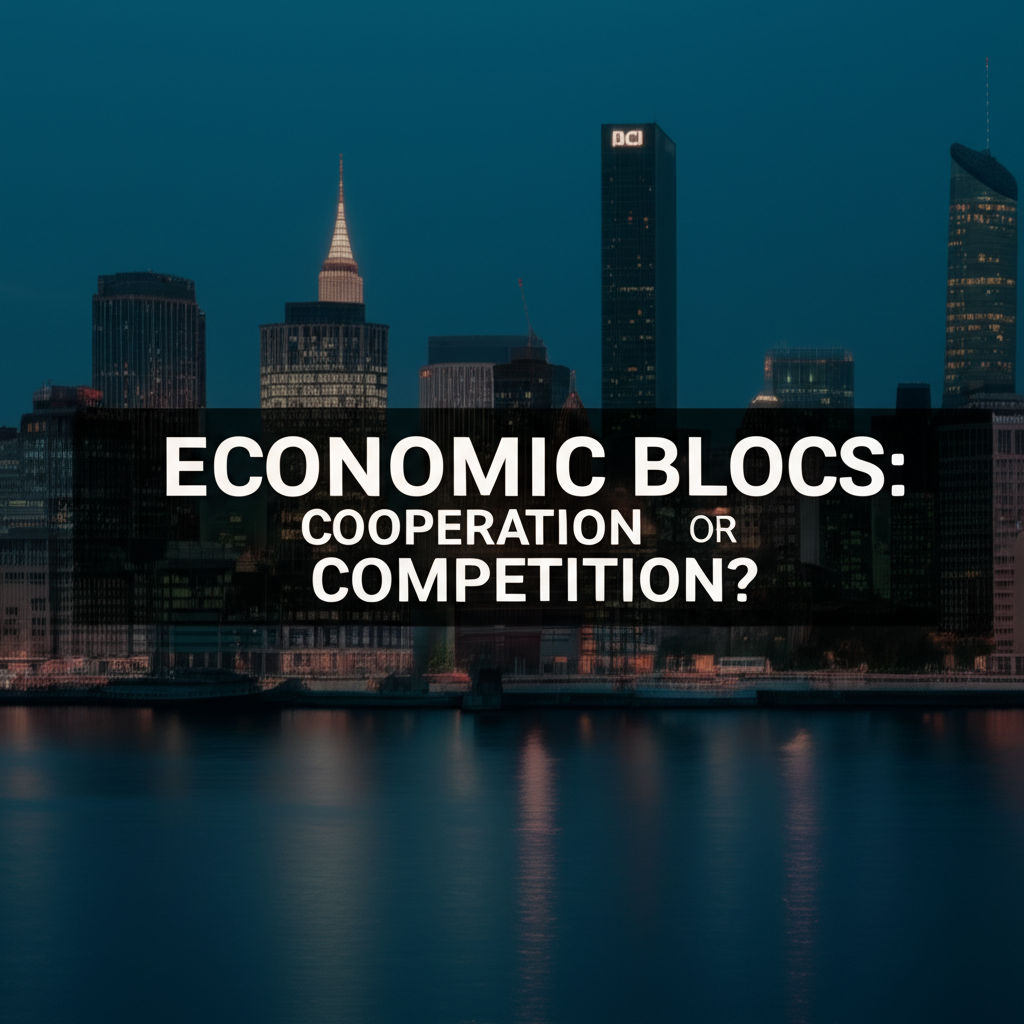Behavioral Economics: Human Decisions
Emily Willis

Photo: Behavioral Economics: Human Decisions
Unveiling the Human Element: How Behavioral Economics Shapes Our Everyday Decisions
In a world often assumed to be governed by pure logic and rational choices, the reality of human decision-making frequently tells a different story. We often make choices that seem, at first glance, to defy conventional wisdom. Why do we procrastinate on tasks we know are important? Why do we spend more on something when it's presented with "free shipping" rather than a slightly lower price and a shipping fee? The answers lie not in irrationality, but in the fascinating field of Behavioral Economics. This discipline, which blends insights from psychology with economic theory, helps us understand the subtle, yet powerful, forces that guide our human decisions every single day.
What is Behavioral Economics? Beyond Traditional Assumptions
For a long time, traditional economic models operated on the assumption that individuals are "rational actors" – beings who possess perfect information, stable preferences, and always make choices that maximize their self-interest and utility. This theoretical construct, often called "rational choice theory," suggested that humans are like calculating machines, systematically weighing costs and benefits to arrive at the optimal decision.
However, as Nobel laureates Daniel Kahneman and Amos Tversky, and later Richard Thaler, demonstrated through their groundbreaking work, this "rational" ideal often falls short in explaining real-world behavior. Behavioral economics emerged to bridge this gap, recognizing that our choices are significantly influenced by psychological, cognitive, emotional, and social factors. It studies how and why people behave the way they do, even when their actions deviate from what traditional economics might predict.
The core premise is simple yet profound: humans are not always rational; we are predictably irrational. We are subject to emotions, impulses, and environmental cues that shape our choices in profound ways.
The Architects of Our Choices: Key Concepts in Behavioral Economics
To truly grasp how behavioral economics influences our human decisions, it's essential to explore its foundational concepts. These insights illuminate the mental shortcuts and inherent biases that are hardwired into our decision-making processes.
Cognitive Biases: The Mind's Shortcuts (and Pitfalls)
At the heart of behavioral economics are cognitive biases: systematic errors in thinking that affect the decisions and judgments people make. These aren't signs of flawed intelligence, but rather efficient mental shortcuts, or "heuristics," that our brains use to process information quickly. While often helpful, they can also lead to predictable deviations from pure rationality.
Let's delve into some common and impactful cognitive biases:
- Loss Aversion: This powerful bias suggests that the pain of losing something is psychologically more potent than the pleasure of gaining an equivalent amount. For instance, people are often more motivated by avoiding a penalty than by receiving a bonus of the same value. In financial decisions, this explains why investors might hold onto losing stocks for too long, as selling them would mean "realizing" the loss.
- Real-world application: "Don't miss this deal!" often outperforms "Save now!" in marketing, as the former triggers the fear of missing out (loss aversion).
- Framing Effect: The way information is presented, or "framed," significantly influences our choices, even if the underlying objective facts remain the same.
- Example: A medical treatment described as having a "90% survival rate" sounds much more appealing than one with a "10% mortality rate," despite conveying identical information. Marketers use this by presenting products with "free shipping" instead of a slightly lower total price with a shipping fee.
- Anchoring Bias: Our initial exposure to a piece of information, or "anchor," tends to disproportionately influence subsequent judgments and decisions.
- Example: When negotiating a price, the first offer made, whether high or low, often sets an anchor that influences the final agreed-upon price. Retailers leverage this by showing a high "original price" next to a discounted "sale price," making the discount seem more significant.
- Confirmation Bias: This is our tendency to seek out, interpret, and remember information in a way that confirms our pre-existing beliefs or hypotheses.
- Impact: It can lead to echo chambers in social media and news consumption, where individuals primarily engage with content that validates their current viewpoints.
- Availability Heuristic: We tend to overestimate the likelihood or frequency of events that are easily recalled or vivid in our minds, often due to recent exposure or emotional impact.
- Example: After hearing news reports about a shark attack, people might overestimate the actual risk of shark attacks, even if statistically rare.
- Status Quo Bias: Humans often prefer things to remain the same and resist change, even when a change might be beneficial. This inertia can make opting out of a default option feel more difficult than simply sticking with it.
Heuristics: Mental Rules of Thumb
Beyond specific biases, heuristics are broader mental shortcuts or rules of thumb that allow us to make quick decisions without extensive analysis. While efficient, they are not always accurate. The availability heuristic, mentioned above, is one such example. Another is the representativeness heuristic, where we judge the probability of an event by how similar it is to a prototype or stereotype.
Nudge Theory: Gently Guiding Decisions
A highly influential concept popularized by Richard Thaler and Cass Sunstein is Nudge Theory. A "nudge" is a subtle intervention that alters people's behavior in a predictable way without forbidding any options or significantly changing economic incentives. The goal is to gently guide individuals towards better outcomes for themselves or society.
- Examples of Nudges:
- Default Options: Automatically enrolling employees in 401(k) plans (with an option to opt out) significantly increases participation rates compared to requiring them to opt-in. This leverages the status quo bias.
- Choice Architecture: Placing healthier food options at eye level in a cafeteria subtly encourages students to choose them. This redesigns the "decision environment."
- Simplification: Reducing complexity in application forms or information presentation can increase engagement and desired actions.
Real-World Impact: Behavioral Economics in Action
The insights from behavioral economics are not merely academic; they have profound practical implications across various sectors, influencing everything from our personal finances to global public policy.
Personal Finance: Steering Towards Smarter Savings
Our financial decisions are particularly susceptible to behavioral biases. Behavioral economics helps explain why many people struggle with saving, debt, and retirement planning.
- Savings and Retirement: The tendency to prioritize immediate gratification (present bias) over long-term benefits often leads to insufficient savings. Auto-enrollment in retirement plans, a classic nudge, has proven highly effective in boosting savings rates by making saving the default action.
- Debt Management: Loss aversion can make individuals reluctant to sell assets at a loss, even if it would help them pay down high-interest debt. Mental accounting might lead people to treat different pots of money differently, preventing optimal financial management.
Marketing and Consumer Behavior: Understanding the Buyer's Mind
Businesses are increasingly leveraging behavioral economics to understand and influence consumer behavior. By recognizing how psychological factors shape purchasing choices, marketers can craft more effective campaigns.
- Pricing Strategies: Understanding anchoring bias means initial prices can influence perceived value. The "charm pricing" strategy (e.g., $9.99 instead of $10.00) makes prices seem significantly lower due to the left-digit effect.
- Product Placement and Design: Supermarkets strategically place essential items to encourage impulse buys. Online platforms use "social proof" (e.g., "bestseller" labels, customer reviews) to influence choices, as people are often swayed by what others are doing.
- Scarcity and Urgency: Phrases like "limited stock" or "offer ends soon" activate the scarcity principle and loss aversion, triggering immediate decision-making by creating a fear of missing out.
Public Policy: Designing for Better Societies
Governments and policymakers worldwide are integrating behavioral economics into public policy to address complex societal challenges.
- Health and Wellness: Nudges can encourage healthier habits, such as placing healthier food options more prominently or simplifying health insurance choices. The UK's Behavioural Insights Team (BIT), often called the "Nudge Unit," has successfully applied these principles to various public health initiatives.
- Environmental Protection: Policies can use social norms to
Latest ✨
View AllUnlock business resilience! Master risk management to protect assets, enhance decision-making, minimize losses, and ensure sustainable growth in an uncertain wo...
Emily Willis
Master remote work with this comprehensive guide. Discover actionable insights, best practices, and strategies to thrive in the evolving distributed workforce.
Emily Willis
Role-play is a form of pretend play where children act out different roles and scenarios, fostering cognitive development in young children. It boosts creativity, enhances language skills, promotes problem-solving, encourages social and emotional development, strengthens memory and attention, and enhances self-esteem and confidence.
Emily Willis
Rethink assessment for 21st-century skills! Explore innovative strategies like PBL, portfolios, and AI-powered tools to foster critical thinking & creativity.
Emily Willis
Business
View All
June 18, 2025
Crédit Immobilier : Taux & Conseils pour un Emprunt RéussiOptimisez votre crédit immobilier ! Découvrez les types de taux, comment les négocier et maximiser votre prêt en France. Guide complet pour réussir votre projet immobilier.
Emily Willis

August 5, 2024
Financial Planning Strategies for a Healthy Businessfinancial planning for the success of any business. It discusses key strategies such as creating a budget, managing cash flow, forecasting, managing debt, maximizing profitability, risk management, and utilizing technology.
Emily Willis

June 8, 2025
Digital Marketing for Small BusinessUnlock growth for your small business! This guide demystifies digital marketing, offering actionable strategies to attract customers & compete online.
Emily Willis
Economy
View AllThe digital economy has the potential to bring economic growth and innovation to developing countries, but there are several challenges that need to be addressed. These challenges include inadequate digital infrastructure, a digital divide that exacerbates inequalities, complex and outdated regulatory frameworks, cybersecurity risks, and limited access to financial services. However, there are opportunities for enhancing financial inclusion and economic growth. These opportunities include mobile and digital payments, implementing digital identification systems, e-commerce and market access, digital skills development, and public-private partnerships. By addressing these challenges and embracing the digital revolution, developing countries can unlock new opportunities for economic empowerment and inclusive growth.
Read MoreDemystify national income accounting! Learn how it measures economic health, impacts your finances, and explains concepts like GDP.
Read MoreExplore economic blocs: powerful alliances shaping global trade, fostering cooperation & competition. Understand their types & impact on your world.
Read MoreEntertainment
View All
August 5, 2024
Classic Films: Timeless Masterpieces in the Age of StreamingClassic films may seem outdated in today's world of instant gratification and endless streaming options, but they offer enduring stories, masterful storytelling, historical insights, technical innovation, and artistic value that surpass modern offerings. While classic films face challenges such as accessibility and pacing, there are ways to overcome these obstacles, such as using streaming services, visiting local libraries, attending film festivals, and utilizing online resources.
Emily Willis

August 4, 2024
The Evolution of Digital Distribution in the Music Industry: Challenges and OpportunitiesThe music industry has been transformed by digital distribution, which allows quick access to a vast catalog of music through streaming services and online stores.
Emily Willis

August 5, 2024
Video Games: Enduring Appeal, Immersive Worlds, and Diverse Genresenduring appeal of video games, highlighting their ability to transport players to fantastical realms, challenge their minds, and foster connections with others. It explores the magic of immersive worlds, the vast array of genres available, and the social power of gaming.
Emily Willis
Health
View AllPreventive healthcare focuses on strategies to prevent disease and maintain well-being, rather than just treating illnesses after they arise. It helps identify risk factors early on, allowing for interventions that can prevent or delay the onset of chronic diseases.
Emily Willis
maintaining good health and well-being through nutritional choices. A balanced diet, incorporating whole foods, staying hydrated, consuming nutrient-dense foods, managing portion sizes, practicing mindful eating, eating regular meals and snacks, considering supplements, and adopting sustainable eating practices are all highlighted as effective strategies for enhancing overall.
Emily Willis
Maintaining good health involves a balanced diet that provides essential nutrients for the body. A balanced diet includes carbohydrates, proteins, fats, vitamins, minerals, fiber, and water. Benefits of a balanced diet include enhanced energy levels, improved mental health, a stronger immune system, better weight management, reduced risk of chronic diseases, and enhanced digestion. Components of a balanced diet include fruits and vegetables, whole grains, protein sources, dairy or dairy alternatives, and healthy fats. Tips for maintaining a balanced diet include planning meals, portion control, staying hydrated, limiting processed foods, eating mindfully, and including physical activity.
Emily Willis
Trending 🔥
View All
1
2
3
4
6
7
8
10
Lifestyle


Technology
View All
August 5, 2024
Tips for Implementing Cloud Computing Safely and Efficiently
Cloud computing is essential for modern businesses, offering cost savings, scalability, and improved collaboration. Implementing cloud computing requires careful planning to ensure safety and efficiency. Tips for safe and efficient implementation include conducting a needs assessment, choosing the right cloud service model, prioritizing security, planning for data migration, optimizing costs, training your team, implementing backup and recovery solutions, monitoring performance, planning for scalability, and staying updated with industry trends.

August 5, 2024
What is Blockchain and How does it Work?
Blockchain technology is a decentralized digital ledger that records transactions securely and transparently across multiple computers. Key concepts include decentralization, cryptographic security, and consensus mechanisms. Transactions are verified, grouped into blocks, and added to the blockchain through a consensus process.

August 4, 2024
Impact of Artificial Intelligence on Business Operations: Efficiency and Innovation
Artificial Intelligence (AI) is transforming modern business operations by increasing efficiency, driving innovation, and driving strategic decision-making. AI automates routine tasks, improves data analysis, and enables personalized customer experiences.

August 4, 2024
Get to know Blockchain Technology and its Potential in the Future
Blockchain technology, initially known for its association with Bitcoin, has evolved into a versatile tool with applications beyond cryptocurrency. It is a decentralized digital ledger that ensures secure, transparent, and tamper-resistant transactions. Key features include decentralization, security, transparency, and immutability. Current applications include cryptocurrencies, supply chain management, smart contracts, digital identity verification, healthcare, and voting systems.



















